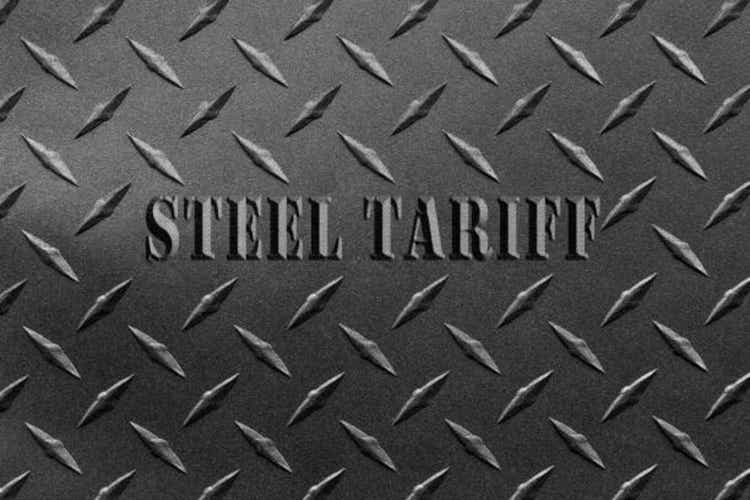The Reserve Bank of India (RBI) is expected to announce a 50 basis points (bps) cut in the repo rate in its upcoming monetary policy announcement on June 6, according to a report by the State Bank of India (SBI).
The report said a large rate cut could help revive the credit cycle, with the total rate cut over the easing cycle possibly going up to 100 bps.
SBI said, "We expect a 50-basis point rate cut in June'25 policy as a large rate cut could reinvigorate a credit cycle".
The report highlighted that the current liquidity condition in the banking system is in extended surplus mode. Due to this, liabilities are getting repriced faster in the ongoing rate-easing cycle. Banks have already brought down interest rates on savings accounts to a floor rate of 2.70 per cent.
In addition, fixed deposit (FD) rates have been reduced by 30-70 bps since February 2025. The report also noted that the transmission of rate cuts to deposit rates is expected to remain strong in the coming quarters.
According to SBI, domestic liquidity and financial stability concerns have eased. Inflation is expected to remain within the RBI's tolerance band.
Given this, the report says that maintaining the growth momentum should be the main focus of the monetary policy, which supports the case for a "jumbo" rate cut.
On the economic front, India's GDP grew by 7.4 per cent in the fourth quarter of FY25, compared to 8.4 per cent in the same quarter of the previous fiscal year. From the expenditure side, this growth was mainly supported by a strong rise in capital formation, which saw a 9.4 per cent year-on-year increase.
The report also pointed out other positive developments such as the Indian Meteorological Department's (IMD) forecast of an above-normal monsoon, strong arrival of crops, and falling crude oil prices. These factors have led SBI to revise its CPI inflation estimate for FY26 to around 3.5 per cent with a downward bias.
SBI further said that higher expected household savings, as mentioned in the latest RBI Annual Report, would be enough to fund the country's growth without causing demand-driven price pressures in FY26.

 1 day ago
1
1 day ago
1











 English (US) ·
English (US) ·